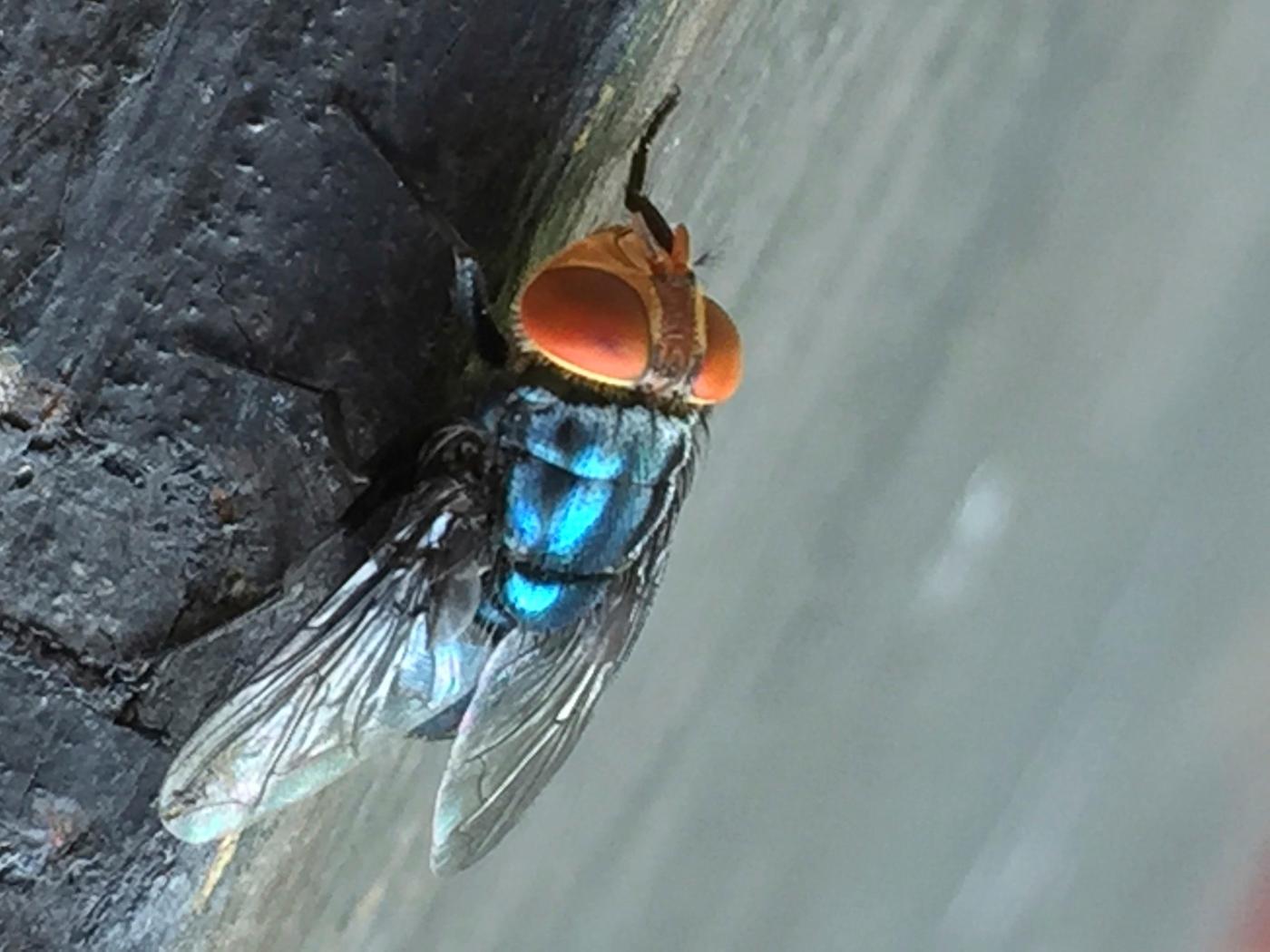By Jason Gale, Bloomberg
The US has confirmed a case of the flesh-eating parasite New World screwworm in a person in Maryland, who had traveled from Guatemala and has received treatment for the infection, Reuters reported.
RELATED: The tiny creatures that can turn a California outing into an ordeal
It’s the first human case in decades on US soil and has amplified concerns about the ramifications of screwworm infesting the American cattle herd once again. The infection had been largely forgotten since the US declared victory over the blight in the 1960s, but a growing number of detections in Central America and Mexico had sparked concerns that the insect could soon return to the US.
Here’s what to know about the rare pest and why cattle markets are watching closely.
What exactly is a screwworm?
FILE – A New World screwworm larvae sits at rest in this undated photo. (USDA Agricultural Research Service via AP, file)
New World screwworms (Cochliomyia hominivorax) are parasitic flies that lay eggs in the wounds of warm-blooded animals. The larvae burrow into living tissue — like a screw twisting into wood — causing severe damage and, if untreated, death. Most infestations strike cattle, wildlife and pets, but humans can occasionally be affected. Treatment involves removing the larvae and disinfecting the wound. Caught early, it’s usually successful, though extracting hundreds of maggots can be arduous.
What do we know about the new US screwworm case?
Few details are known about the person beyond their travel history, but it’s appearance shows how easily the parasite can spread and re-establish itself in the US. The last major outbreak was eradicated in the 1960s through an aggressive sterile fly program. For the cattle industry, the stakes are high: a major outbreak in Texas alone could cost as much as $1.8 billion in livestock deaths, labor and medication, according to USDA estimates.
What’s the risk of screwworms to humans?
For the general public, the risk of infection in the US is very low. Human cases are rare and usually occur in parts of Central and South America and the Caribbean where the parasite is endemic or always present. Travelers with open wounds who spend time outdoors or around livestock are most at risk, according to the US Centers for Disease Control and Prevention. To guard against reintroduction, the US and regional partners maintain a permanent sterile fly barrier between Panama and Colombia.
How do screwworms affect cattle and other livestock?
Related Articles
Vaccine situation will be complicated this year, experts warn
It’s almost flu season. Should you still get a shot, and will insurance cover it?
The tiny creatures that can turn a California outing into an ordeal
New study shows promise for better TB treatments, California researchers say
Opinion: Devastating health cuts are coming. To avert crisis, state must compel data sharing.
The bigger concern is for cattle and other animals, where screwworm can spread rapidly and kill even fully grown livestock in as little as 10 days if untreated, according to the UN Food and Agriculture Organization. After a case was detected 370 miles south of the US-Mexico border in July, the US closed southern ports of entry to livestock. Earlier detections less than 700 miles from the border had already triggered restrictions on Mexican cattle, bison and horses in May. Even a single confirmed case in a person is enough to rattle the industry, given the parasite’s destructive history.
What is the US doing to eradicate screwworms?
The US Department of Agriculture has rolled out a five-part strategy that includes building a sterile fly production facility at Moore Air Force Base in Texas, near the border with Mexico. An $8.5 million dispersal center under construction should be operating by year’s end, taking sterile larvae produced in Panama or Mexico, finishing rearing them, and releasing the flies into outbreak zones. The approach, known as the Sterile Insect Technique, relies on flooding the environment with lab-bred male flies that can’t reproduce, breaking the parasite’s life cycle. In mid-August, the USDA also authorized the Food and Drug Administration to grant emergency use of animal drugs to treat or prevent infestations.
More stories like this are available on bloomberg.com
©2025 Bloomberg L.P.





